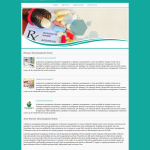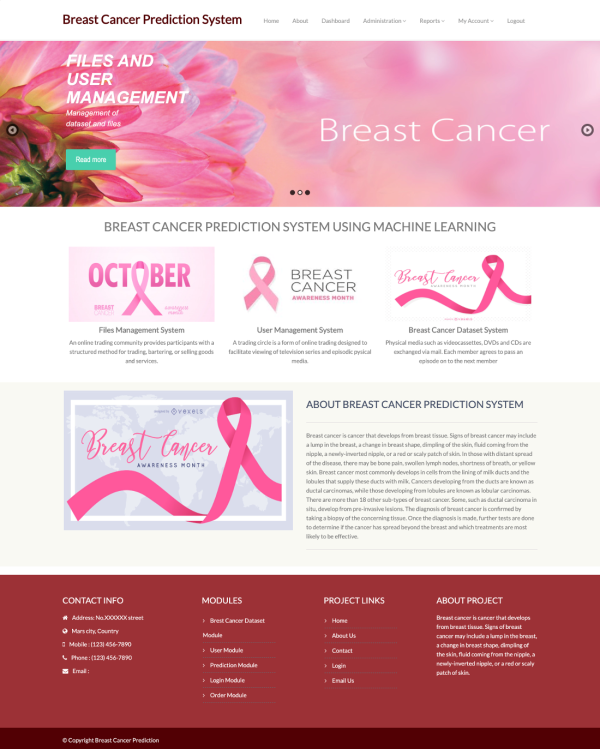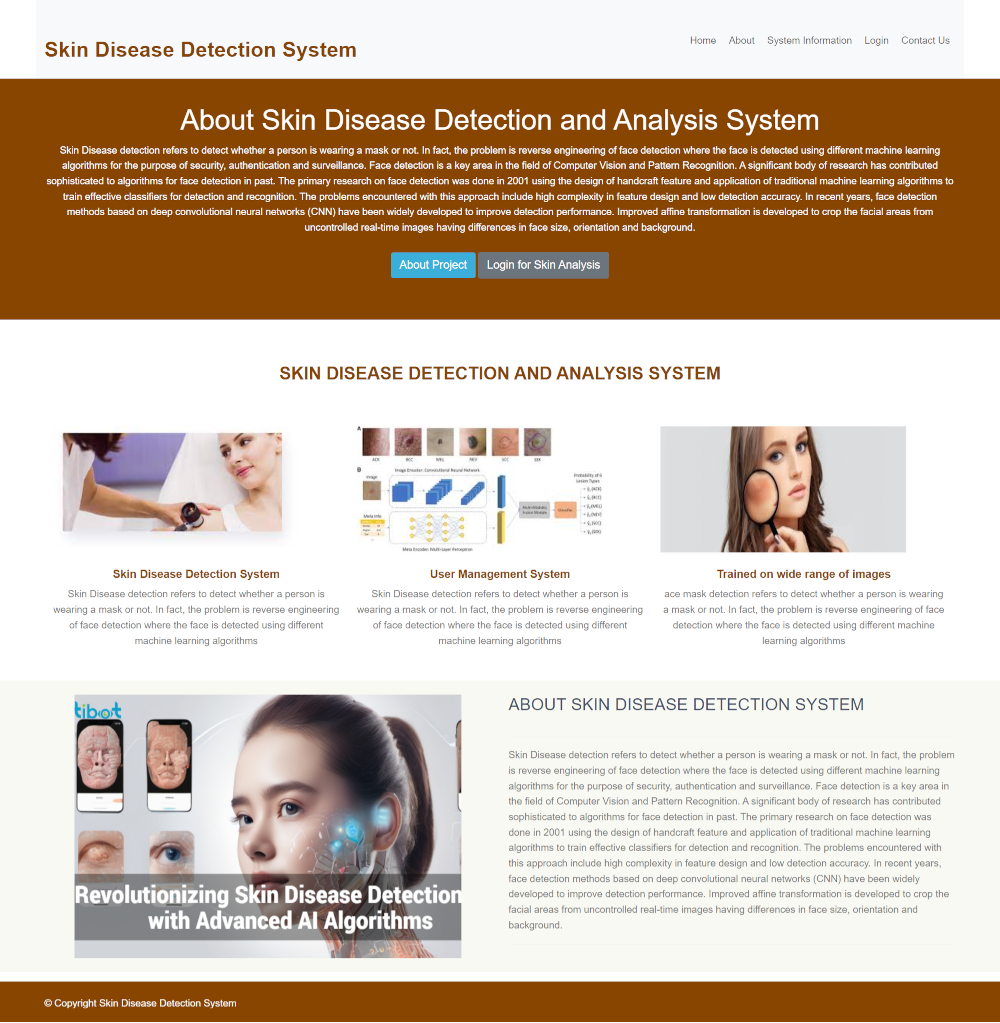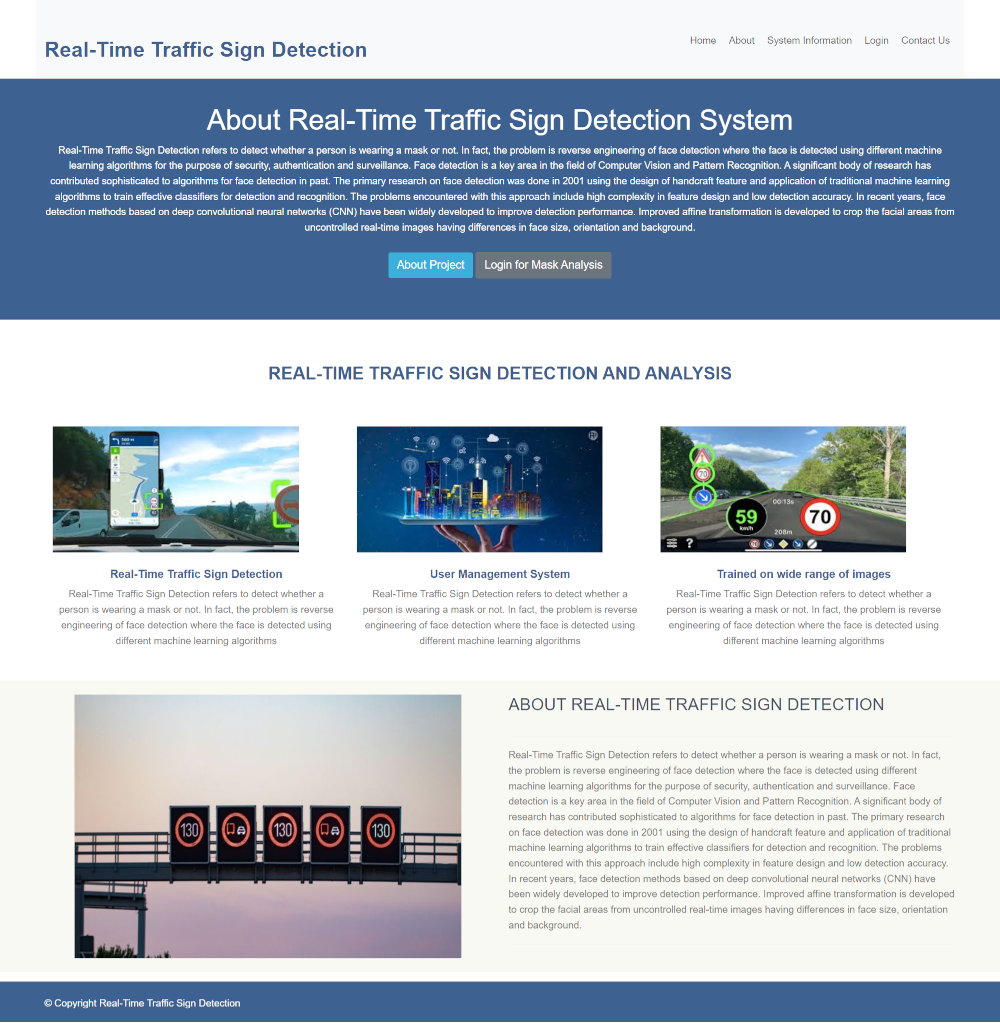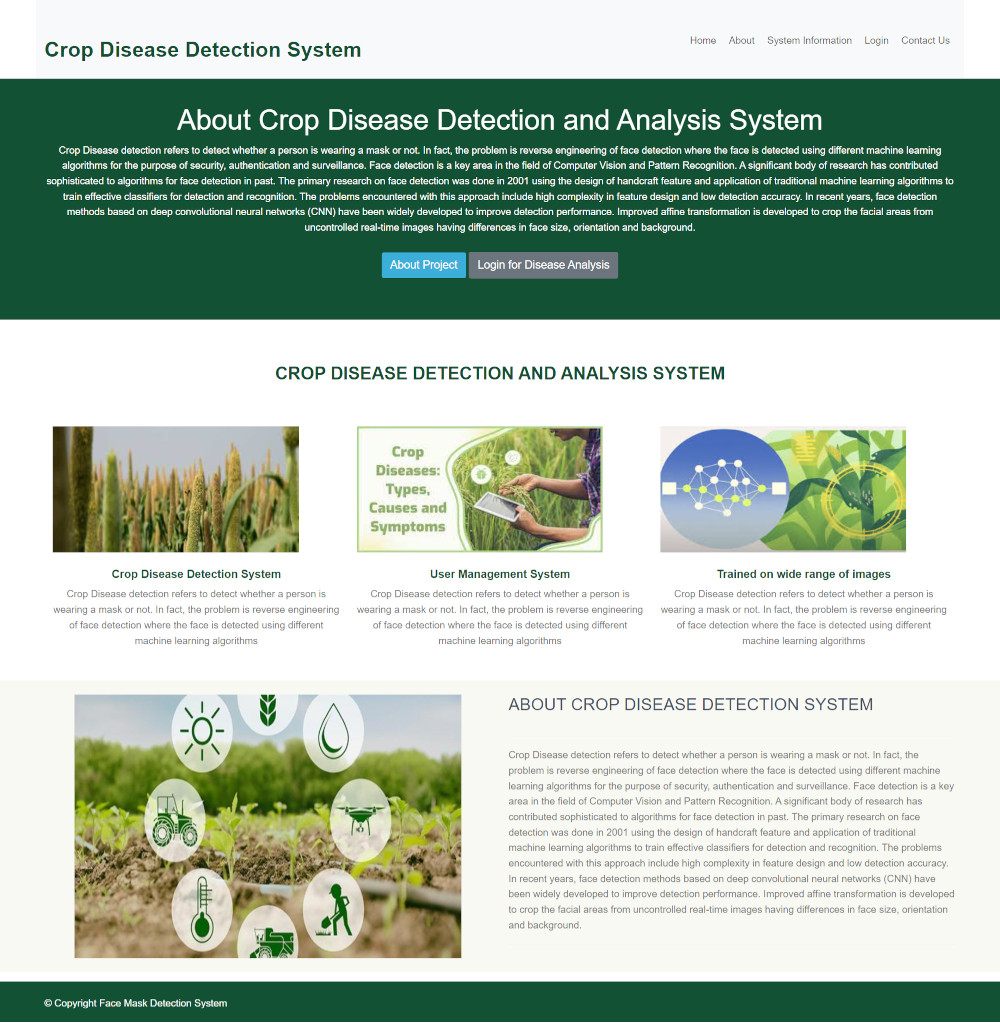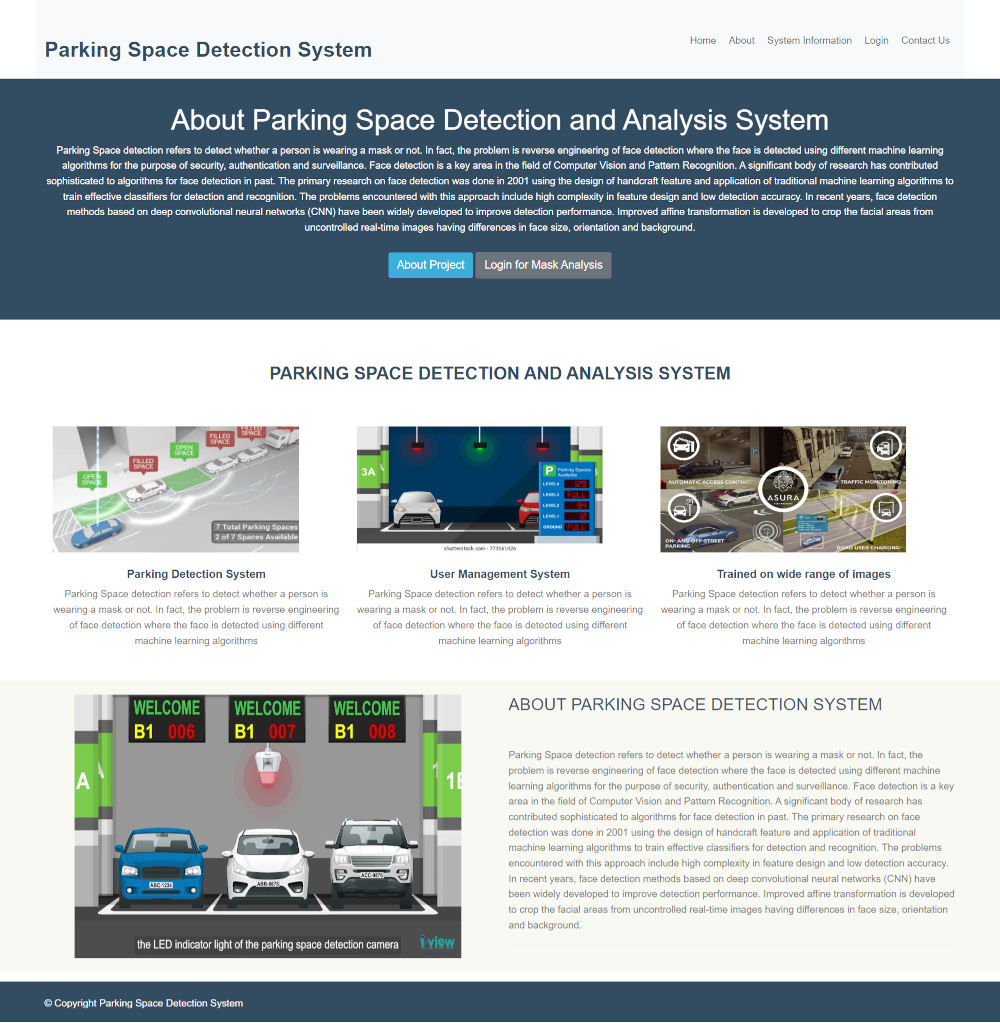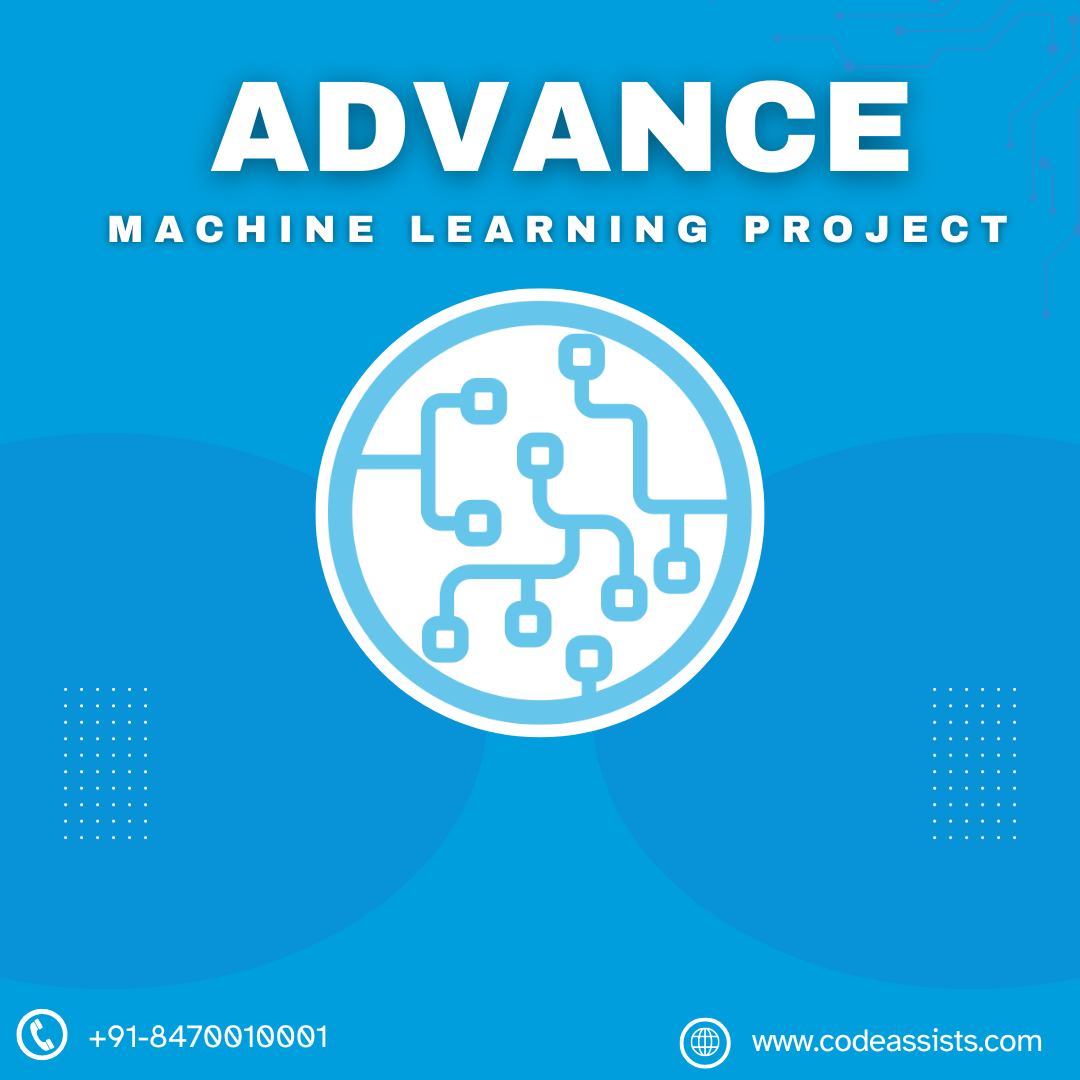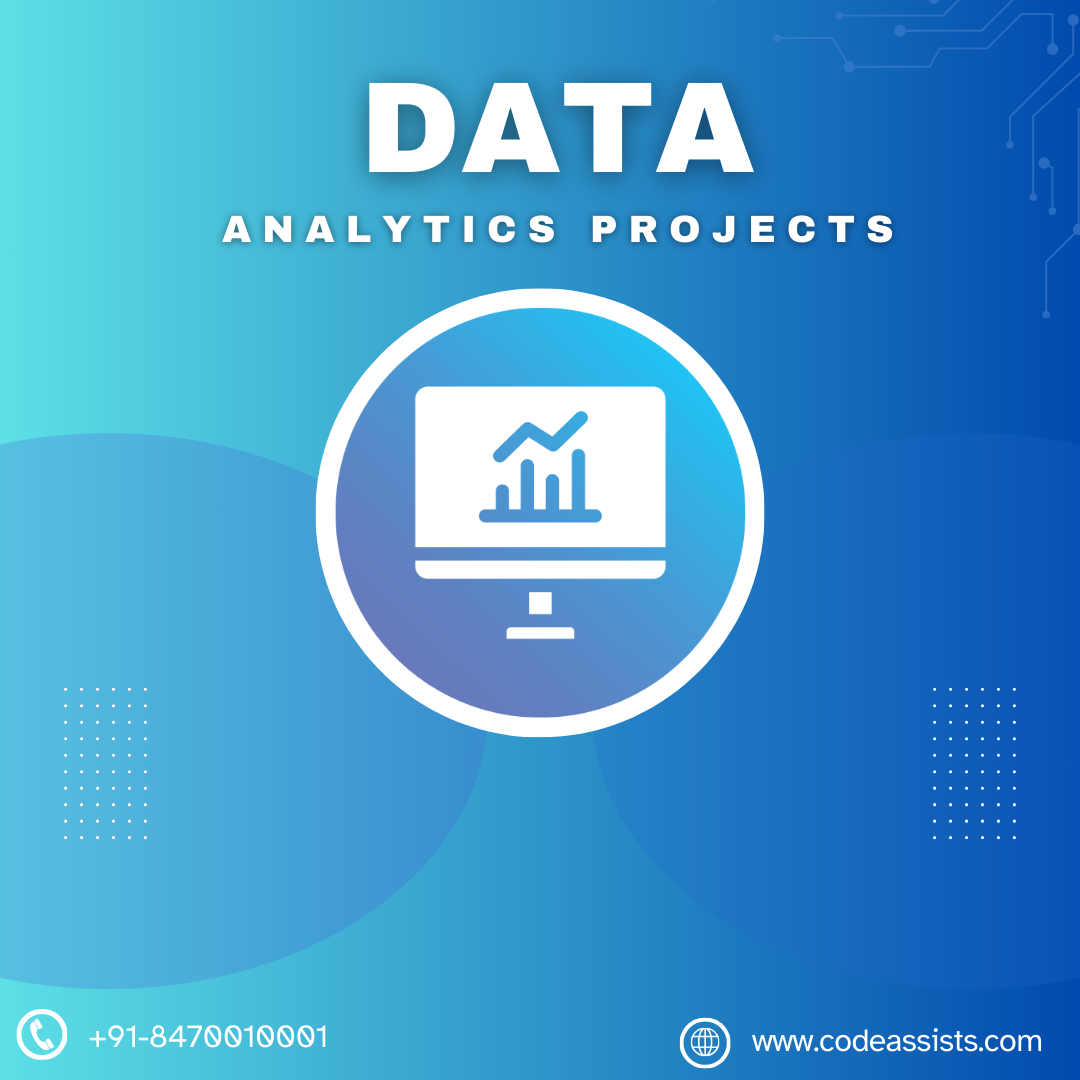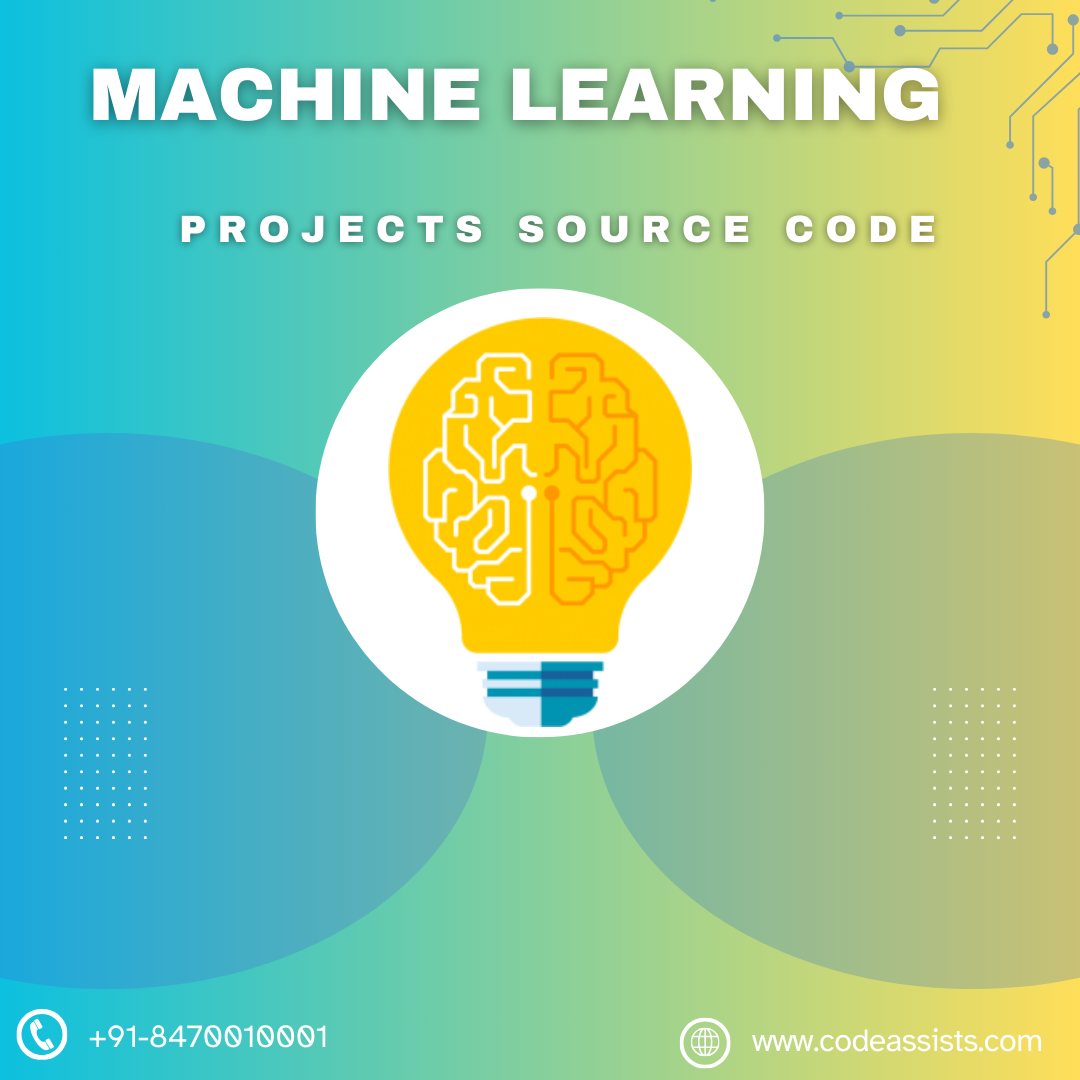Description
Utilizing Machine Learning for Breast Cancer Prediction
Breast cancer is a prevalent disease among women globally, emphasizing the importance of early detection for effective treatment and increased survival rates. Machine learning (ML) has emerged as a valuable tool in predicting and detecting breast cancer, as it can analyze vast amounts of data and identify patterns that may not be easily recognizable by humans. This article delves into the use of machine learning in breast cancer prediction systems, discussing common methodologies, data sources, algorithms, and potential advantages.
Early detection plays a crucial role in improving treatment outcomes and survival rates for breast cancer. While traditional detection methods like mammography, ultrasound, and biopsy are effective, they can be time-consuming, expensive, and prone to human error. Machine learning systems can complement these methods by providing automated, data-driven insights that enhance early detection capabilities. These ML models require large amounts of high-quality data for training and testing, with commonly used data sources including:
- Public Datasets: Resources like the UCI Machine Learning Repository offer datasets specifically designed for breast cancer prediction, such as the Wisconsin Breast Cancer Dataset.
- Medical Records: Electronic health records (EHRs) contain valuable information for machine learning analysis, including patient history, diagnostic results, and treatment outcomes.
Prior to inputting data into machine learning models, it must undergo preprocessing to ensure accuracy and consistency. Machine learning has the potential to transform breast cancer prediction systems by providing accurate, efficient, and automated diagnostic tools. By leveraging large datasets and advanced algorithms, these systems can enhance early detection rates and mitigate the impact of breast cancer on individuals. However, addressing challenges related to data privacy, model interpretability, and generalization is essential for the widespread adoption and success of these systems.
Additional Sections and Static Pages:
The project “Breast Cancer Prediction System” includes the following static pages:
- Home Page with an appealing user interface
- An animated slider for image banners on the Home Page
- About Us page providing information about the project
- Contact Us page for user interaction
Technologies Utilized in the Breast Cancer Prediction System Project
The project was developed using the following technologies:
- HTML: Page layout design implemented in HTML
- CSS: Styling done using CSS
- JavaScript: Validation tasks and animations developed with JavaScript
- Python: Business logic implemented in Python
- MySQL: Database management using MySQL
- Django: Project built on the Django Framework
Supported Operating Systems
The project can be configured on the following operating systems:
- Windows: Easily set up on Windows by installing Python, PIP, and Django.
- Linux: Compatible with all versions of Linux operating systems
- Mac: Can be configured on Mac operating systems as well


